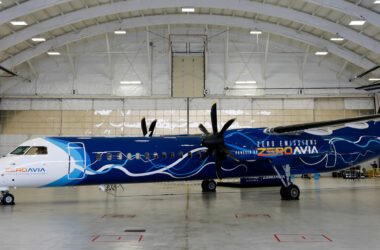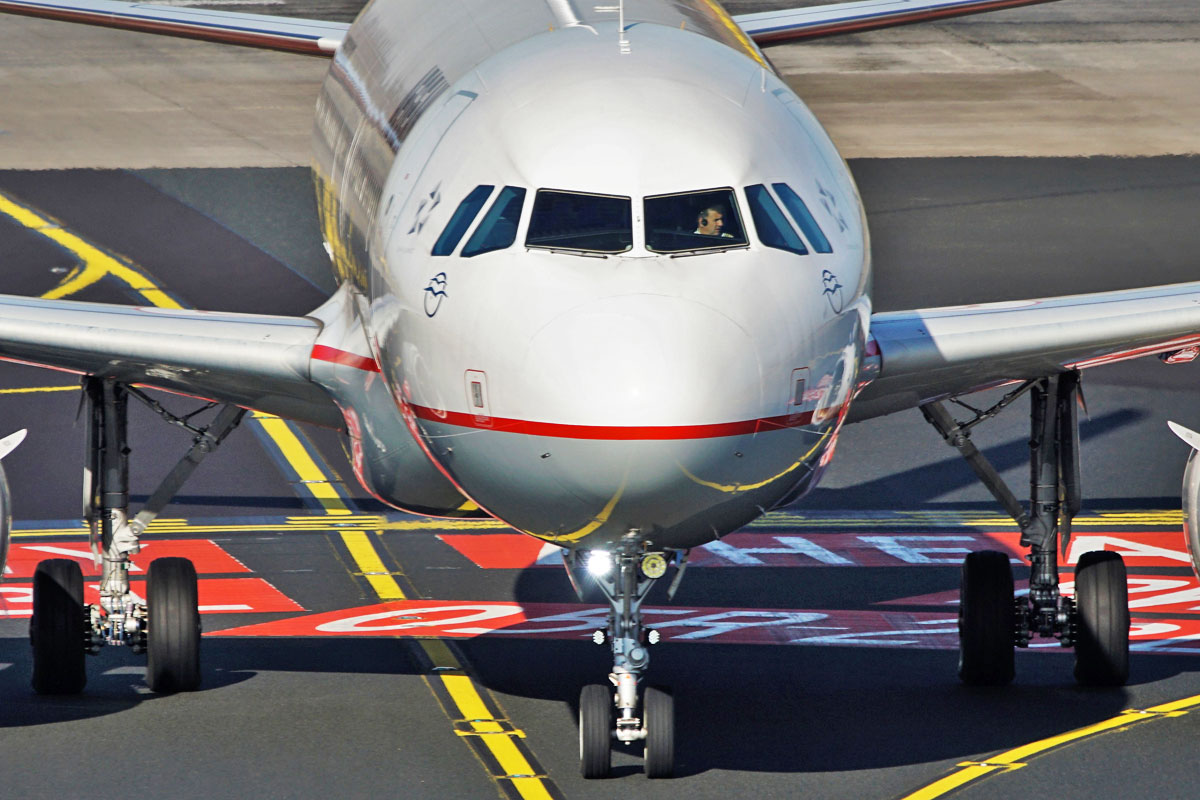The Moscow Central Aerohydrodynamic Institute (TsAGI) released information about a new study called Integral-MS that seeks to study aerodynamic configurations capable of increasing the efficiency of a commercial jet.
To this end, TsAGI produced three scale models for low-speed wind tunnel testing. The first of them, MS-1, with a conventional fuselage and the other two with oval fuselages, one of them (MS-3) equipped with wings integrated into the body.
“This solution (MS-3) will increase aerodynamic quality and load-bearing properties at low speeds, which will make it possible to reduce the required runway length,” the statement said.
“The use of an oval fuselage will reduce fuel consumption and increase space for passengers, thus increasing flight comfort. Furthermore, the plane will have an enlarged lower deck, where more cargo can be transported,” added TsAGI.

Frigate Ecojet
The TsAGI study is based on a wide-body aircraft with a capacity for 220 to 250 passengers and a range of between 8,000 and 9,000 km.
Early tests indicated that the MS-3 option behaves similar to the classic airframe configuration at low speeds, but would be more resistant and capable.
The institute will now make a new scale model to be evaluated in a transonic wind tunnel to evaluate data in cruise flight.
The proposal for a long-haul jet with an oval fuselage is not new, however. Russia itself presented such a project in the early 90s, which later became known as the “Frigate Ecojet”.
Follow Air Data News: WhatsApp | Google News | Instagram | LinkedIn | Twitter | Facebook

The wide-body would be even larger, with capacity for up to 350 passengers. The initial twin-engine configuration was replaced by a four-engine solution in 2017 due to the lack of turbofans suitable for the project. However, the Ecojet did not evolve after that.
Russia seeks to develop a new indigenous widebody that could take the place of the outdated Il-96, but a lack of financial resources and Western trade sanctions following the invasion of Ukraine have undermined efforts in this direction.
Before that, the state-owned UAC had teamed up with COMAC, from China, to put the wide-body CR929 on the market, but the Russians left the project last year.






